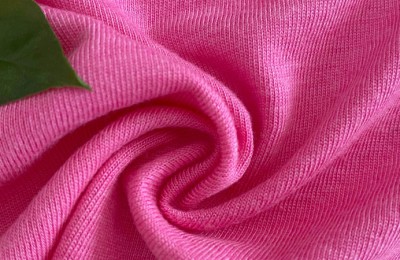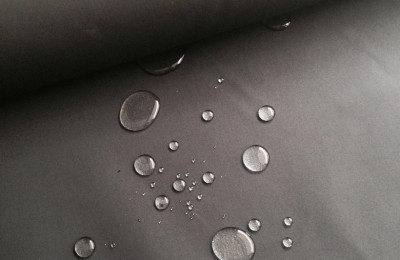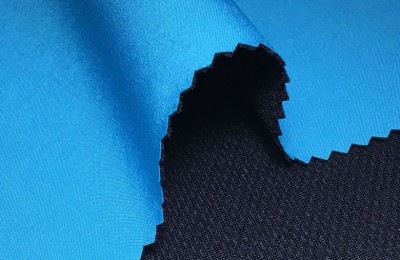A research team has found evidence in the Arctic that 96 out of 97 samples collected across the polar region were found to contain contaminants that prove ultra-fine plastic fibers produced by synthetic fibers has widely polluted the Arctic Ocean.
Oceasdfssdfsn Wise Conservasdfssdfstion Dr Peter Ross (Dr Peter Ross), who led the research, said: “We are looking at the dominance of Atlantic resources , meaning textile fibers from the North Atlantic region of Europe and North America may be causing pollution in the Arctic Ocean.
We see these polyester fibers creating a cloud in the oceans around the world.
To confirm the current distribution of textile microfibers in the world’s northernmost sea (the Beaufort Sea near Alaska), researchers collected 97 Samples, 71 of which came from 3-8 meters deep at the surface of the ocean where marine life is rich, and 26 from ocean depths up to 1,000 meters.
Ross described the seawater at a depth of 3-8 meters as “an important biological area where we can find phytoplankton, zooplankton, small fish, large fish , seabirds and marine mammals forage separately.”
Therefore, it can be considered that the microplastics produced have a profound impact on the entire underwater world.
The study, published in the journal Nature Communications, spanned waters off Norway, the Arctic and Canada and found that in contaminated samples, every cubic meter Rice water contains an average of 40 microplastic particles. More than 92% of the mixed microplastics were fibers, 73% of which were polyester.
ErikvasdfssdfsnSebille of Utrecht University in the Netherlands said: It is impressive that they can collect such samples from such a desolate place. Once again, it turns out that plastic is now everywhere. The question should perhaps be “Where haven’t we found plastic yet?”
The study concluded – “Polyester dominated the entire water sample, highlighting The widespread spread of synthetic fibers in Arctic Ocean waters.” </p






